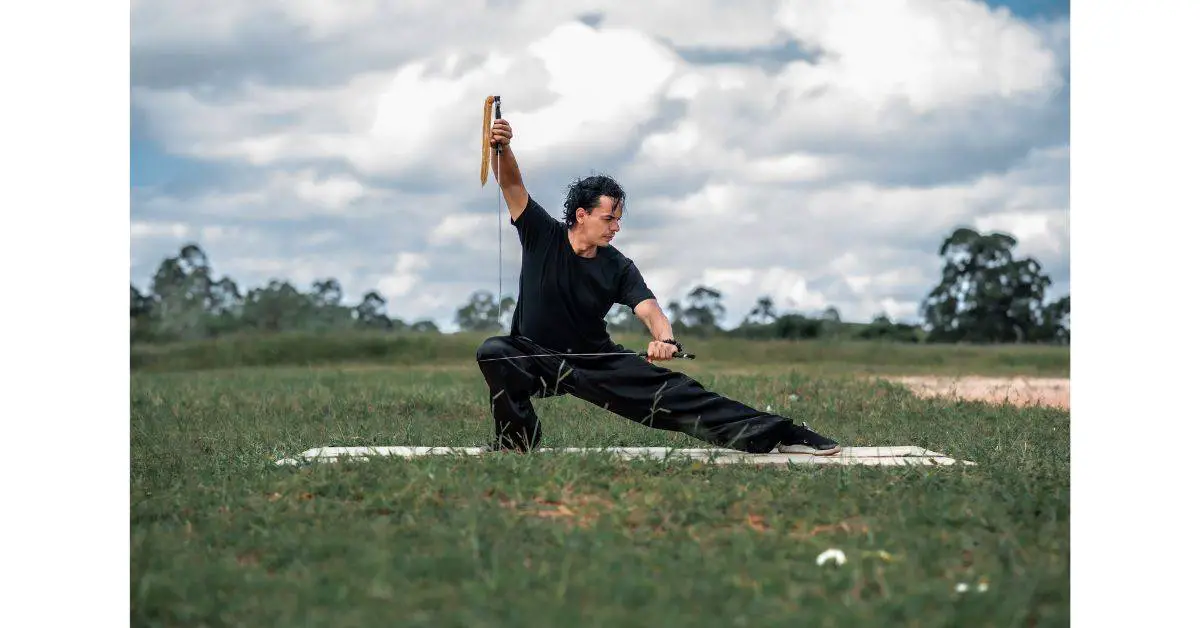Karate is a weaponless martial art that gives manifold benefits to anyone who learns it. It was created as a form of self-defense, but it has proven to deliver more than what it was intended to deliver. Its benefits range from good mental health to great physical benefits, but does karate make you tougher?
Karate involves strength training and body conditioning exercises that are physically and mentally onerous to students, thus making them tougher. Its students also go through sparring where two students execute a combination of techniques on each other that builds resilience to keep going through the sparring session.
To become a tough student, you are required to be able to withstand rough handling and adverse conditions. Street fights and self-defense situations can be gruesome, a student is required to be prepared for the worst. This article expounds on how karate makes you tough enough to handle the worst-case scenario.
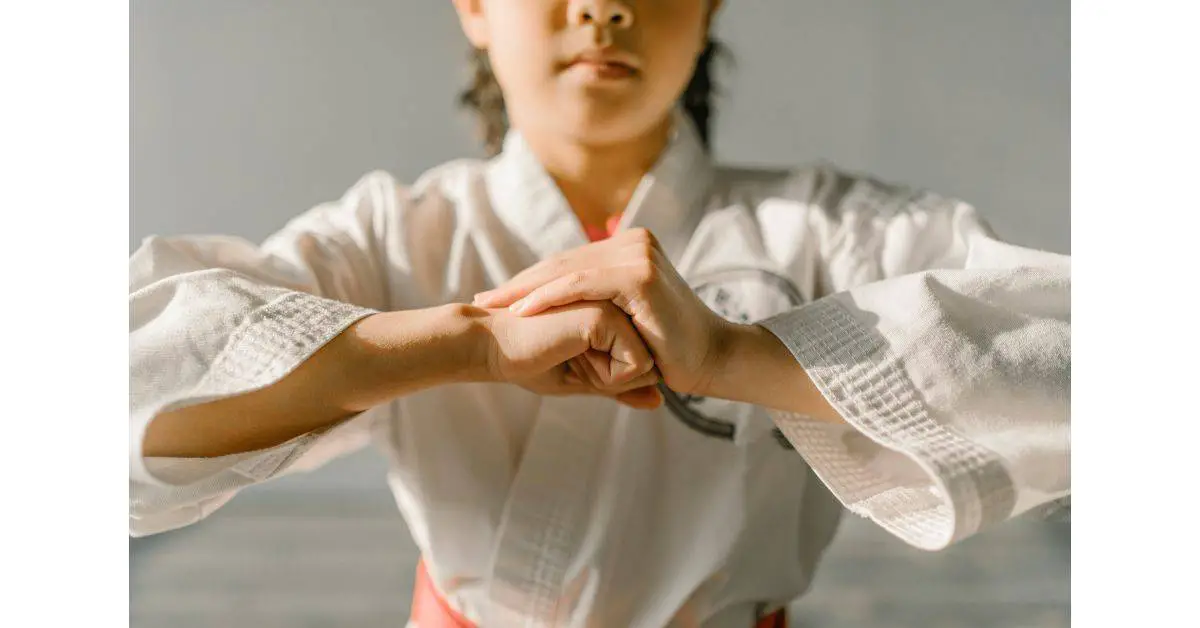
Does Karate Make You Strong?
Often in the sports industry, strength-training athletes argue that karate only teaches fighting techniques and does not build muscle, how true is this perspective?
Karate boosts muscle mass and enhances physical shape. It involves open hand strikes, punches, and kicks that are executed using the muscle strength of the legs, arms, and core body. Increased muscle mass results in the increase of the pupil’s metabolic rate thus the body burns calories even when the pupil is not active.
Building muscle does not come at the onset of karate training, as many factors such as nutrition and training duration come to play. Its techniques and exercises use many muscle groups such as hands, shoulders, back, and legs. One can build mass by practicing this art through hard work, dedication, and consistency.
Building muscle mass over time through dedicated martial arts training will make the student look physically strong.
Body conditioning in karate integrates supplementary exercises known as the “Hojo Undo.” These exercises increase strength, muscle coordination, and stamina. Practicing it will increase your bone mineral density, thus making the bones stronger.
Research shows that practicing karate burns approximately 720 calories per hour. These in turn improve the student’s overall body physique and give it a more aerobic look. Burning this large number of calories can lead to loss of weight and improved body composition.
Martial arts training involves the repetition of techniques and exercises that increase cardiovascular strength. The exercises in karate also lead to improved blood pressure due to efficient blood flow from the heart to other body parts.
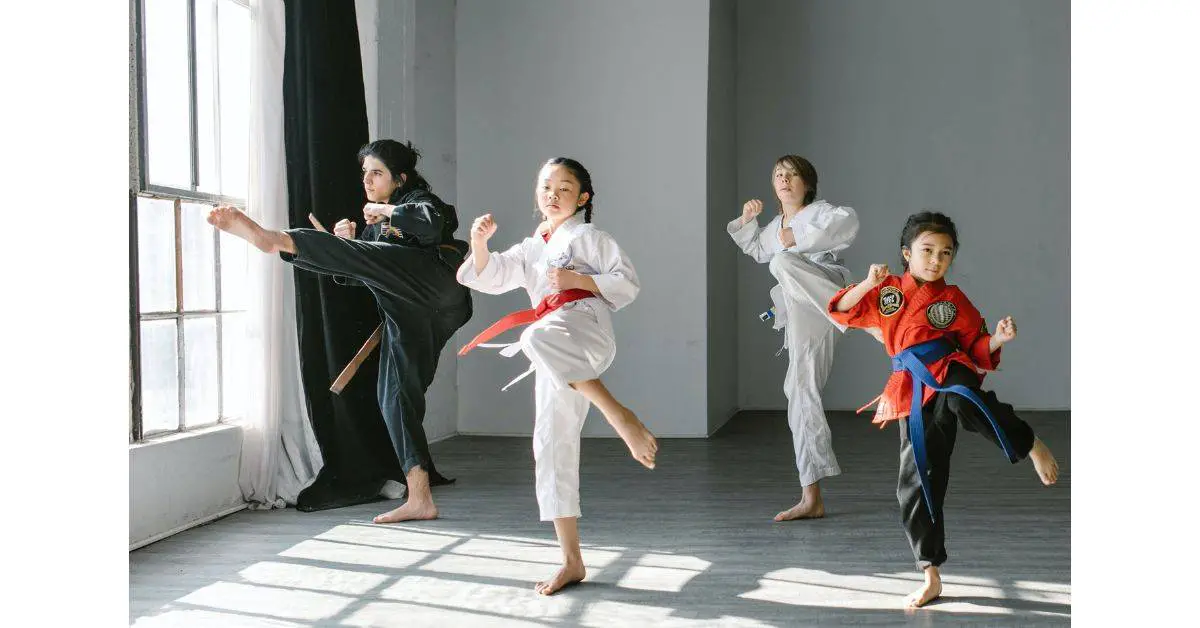
The practice of karate enables the student to be mentally strong. The art’s training instills values such as discipline and also lowers stress levels. Karate’s students can handle difficult moments in their lives calmly by incorporating the values they learn from the training.
If you want to read more about the benefits of karate and why you should learn it, do follow the link to an article of mine!
Is Learning Karate Difficult?
The question whether karate is easy or hard to learn has been an ongoing debate that causes some people who are interested in martial arts to enrol in training or forfeit learning it. So is learning karate difficult?
Learning karate is not necessarily difficult to learn, but it is not a piece of cake either. Many factors such as technique, timing, and balance come to play to determine how fast one will master the art. Karate training involves extreme physical and mental exercises that stretch the student’s bodily and psychological limits.
Learning how to execute techniques in karate is essential to progress in the art. It is one thing to learn a technique, but it requires great skill and mastery of movement to execute the techniques effectively. The technique can be exercised by practicing kata even in isolation.
Timing and precision are key for a pupil to advance in karate. One might know how to throw a punch but not in good time thus making it ineffective. With bad timing, a student might find karate very hard to learn.
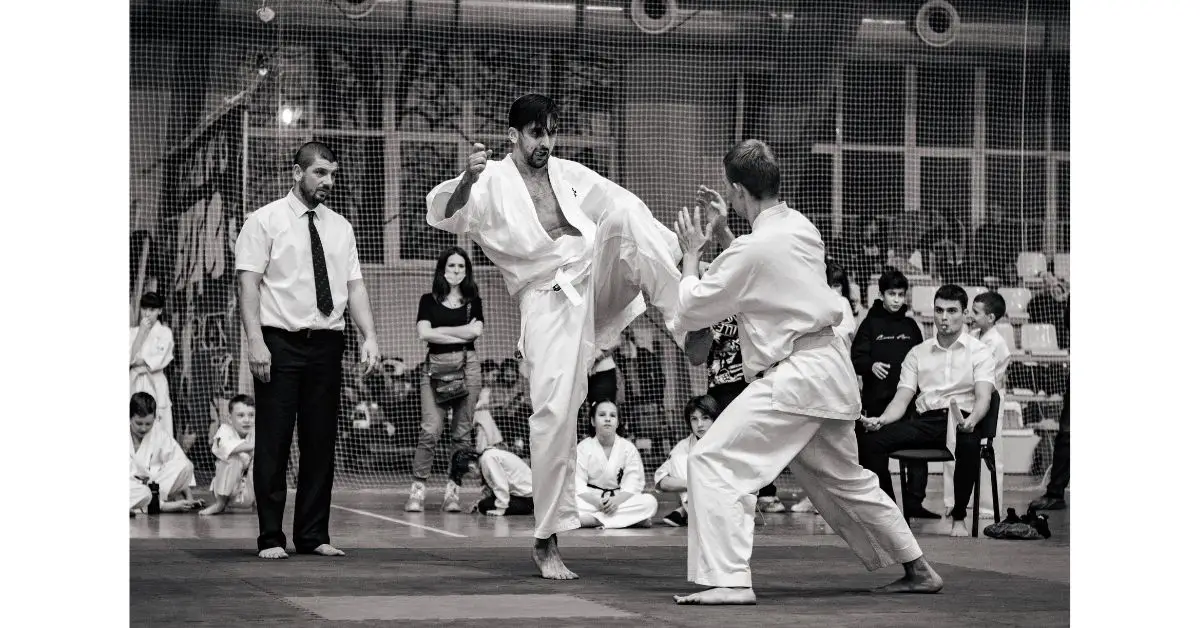
Mobility and body balance are necessary to proceed in karate. To perform its techniques effectively, the student must accomplish perfect stances and kicks, which requires good balancing skills. Good body balance will make it easier for a student to improve in this martial art.
A student should do proper research and choose a karate style that they find easy to understand. Different styles focus on different kata therefore the student should pick a style that they can handle.
If you’re interested in modern martial arts, I highly recommend reading an article of mine about the best karate fighters in MMA.
Will Karate Improve My Pain Tolerance?
Pain is an inevitable factor in the martial arts experience. Just like in other martial arts, pain is an important part of martial arts training. Nonetheless, does karate improve pain tolerance?
Research has shown that practicing martial arts increases the pain threshold of an individual. Karate toughens an individual in terms of when they begin to feel pain and how much pain they can endure. High-magnitude aerobic and resistance workouts are done in training to raise the pain tolerance of an individual.
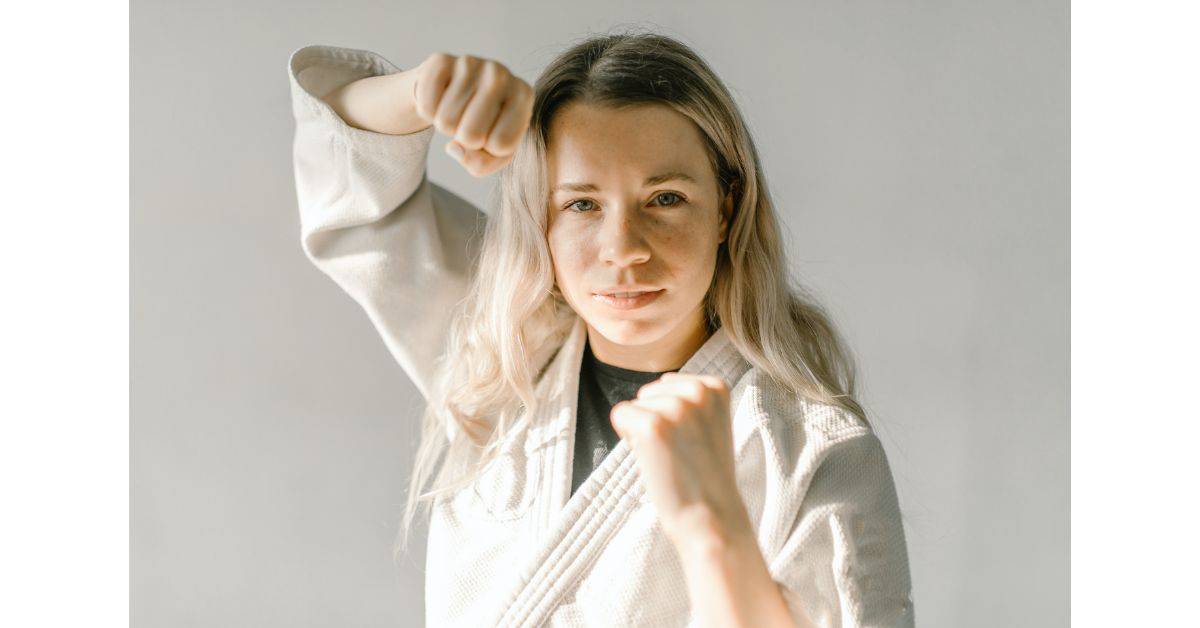
Karate training involves various strength-training exercises that require a lot of endurance to pull off. The more a trainee trains, the better they get at executing the techniques. As the calories burn when doing these exercises, muscle tension occurs, and one gets muscle aches. The repetitive action of these exercises increases muscle pain tolerance as the student’s body gets more anaerobic.
Sparring is an essential aspect of karate that enables the students to mimic a real-time fight. Kumite involves different levels of physical contact. During full contact sparring, the student receives blows thrown by the opponent. Repeated Kumite causes a student’s pain threshold to increase.
Here’s a study proving my point:
… higher pain threshold was observed in the experimental group of martial arts athlete
SOURCE
Can Karate Help You In A Street fight?
The matter of whether karate can help you in a street fight solely depends on which style the student has mastered. Traditional styles are more effective in self-defense situations, opposed to modern styles that only emphasize competition and advancing in ranks. That said, would it come in handy in a street fight?
Traditional karate teaches practical and functional techniques that come in handy in a real-life fight. They involve the basics such as stances, kicks, punches, blocks, and throws. These techniques incapacitate your adversary by attacking the most vulnerable parts of their body.

Karate involves Bunkai where the students demonstrate the kata with real opponents. This exposes the student to an example of a street fight. The Kihon (a sequence of katas) enables the student to develop natural fast reflexes, keep perfect distance, good timing, and precision. These are elements that determine who will come out as the winner in a street fight.
Traditional karate focuses on psychological aspects with proper Kokoro (attitude); this instills leadership skills, perseverance, fearlessness, and virtue. It also transfuses bravery in students because they have confidence in their training, which puts them an upper hand as opposed to their rivals. Leadership skills taught in it—teach the students not to start fights and only use it as a form of self-defense.
The practice of Kumite (sparring) in karate training enables the student to develop endurance and perseverance. This enables the student to strive for endurance to last longer in the fight and defeat their opponent in a street fight.
Final Words
Martial arts, whether taken up as a sport or for self-defense purposes, is highly favorable to the student. Apart from the primary benefits, karate has many added advantages.
Karate training not only improves your self-defense skills or ranks one higher in the sport, but also makes you tough, strong and increases your pain tolerance and threshold.
Acquiring all these benefits requires months or even years of training with self-discipline and perseverance. Regardless of this factor, it is never too late to start your karate classes today and attest to all these benefits!
If you enjoyed reading this article and want to know more about karate, follow the link to read about Karate’s belt order. Knowing such information is a must.

